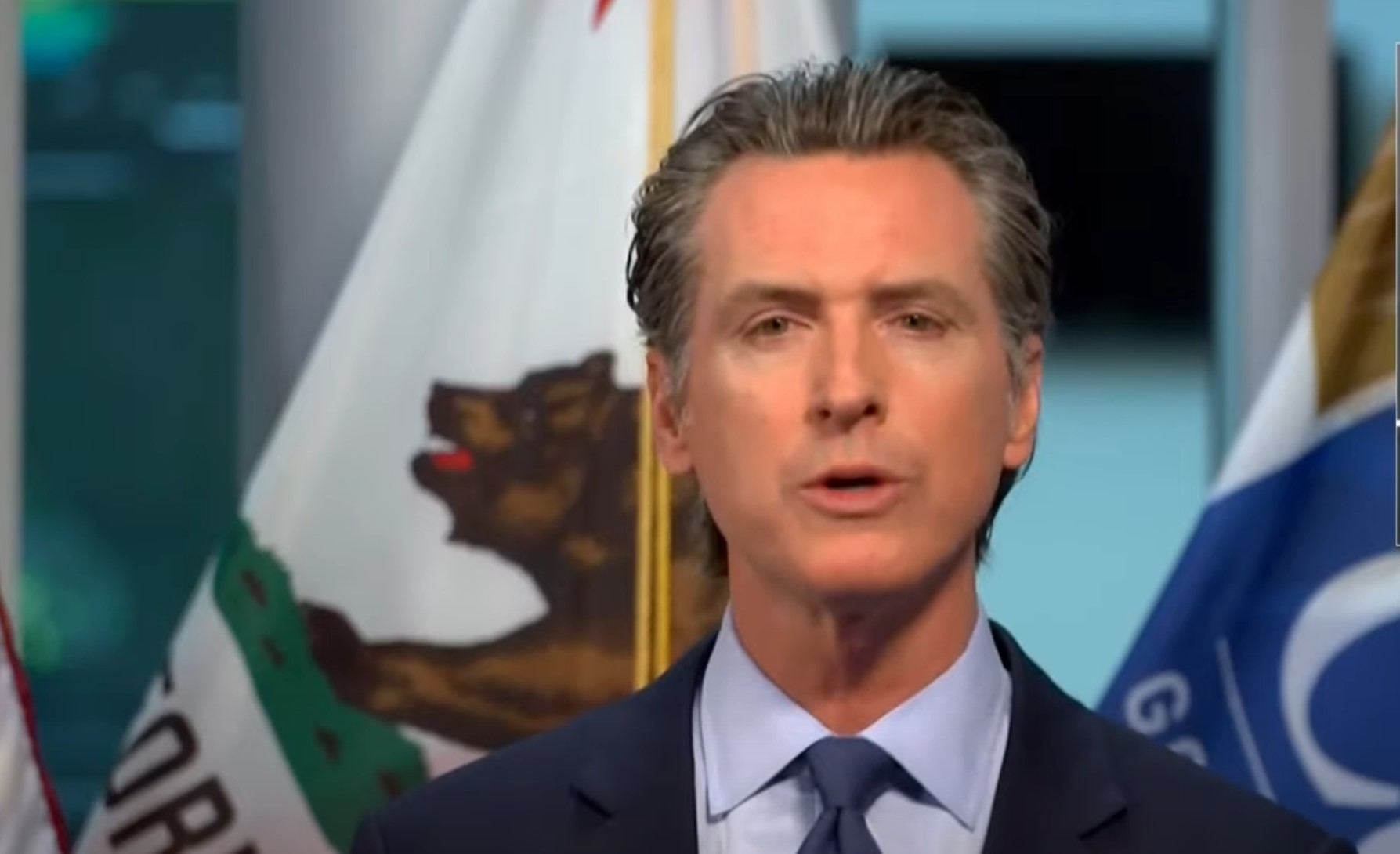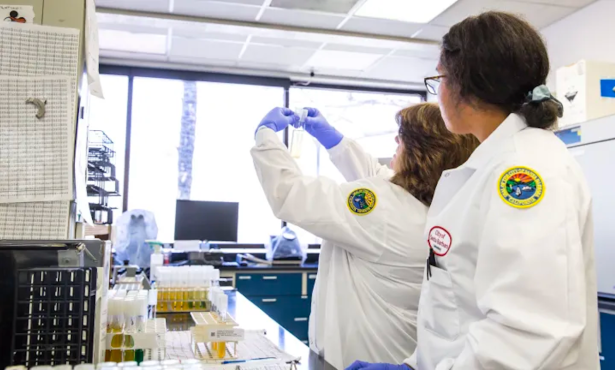Gov. Newsom Announces Some Nonessential Businesses Could Reopen in Weeks
Meanwhile, Cottage Identifies 39 Anesthesia Machines That Could Be Converted to Ventilators

Governor Newsom held out a ray of hope to Californians when he laid out the progress being made toward lifting his stay-at-home order during a Tuesday afternoon press conference. The state’s hospital and ICU trends were stable in recent weeks, which was allowing California to begin to think about next steps, said Dr. Sonia Angell, who leads the state Public Health Department. Newsom went on to explain how areas of the economy — from schools to sports arenas — were being looked at from a crowding standpoint, the fifth of the six criteria he’d laid out on April 14 as necessary to protect state residents from COVID-19.
In Santa Barbara County, Cottage Health has provided daily updates that show a steady number of COVID-19 patients, with 15 to 18 patients for the past two weeks, four to nine of whom were in the ICU. Twelve ventilators were in use, and 70 were on hand. Cottage spokesperson Maria Zate said the hospital had identified 39 anesthesia machines that could be converted to ventilators in a pinch.
Lompoc Valley Medical Center’s weekly updates had zero or one patient from the valley over the past month; its Lompoc penitentiary patients, however, numbered 12 on April 8, but the prison stopped reporting its COVID-positive inmates, as did the hospital. Lompoc sends its critical patients to Cottage. Patient information was not immediately available from Marian Regional Medical Center.
The steps to reopening nonessential business, Newsom thought, would take a few weeks as solutions were found. Telecommuting remained the safest way to work, but for some lower-risk businesses, schools, and childcare facilities, said the governor, they should start to plan for distance between workers, curbside service, and other ways to operate while observing the social distance and face-covering rules.
Childcare was necessary for the workforce, Newsom acknowledged, as was support for workers who might get sick and needed to stay home. “School will look different,” he said, adding that it was possible that the school year might start earlier — perhaps in late July or early August — because students had to make up the learning gap. Having morning and afternoon sessions had been floated earlier, but the goal was to keep both students and teachers safe, Newsom emphasized.
He also left open the ability of different counties to approach the problem in ways that fit their local disease pattern. “The virus doesn’t respect boundaries,” Newsom cautioned, stating that with increased statewide disease surveillance, regional variations will come to light, and decisions could be made based upon that data.
Higher-risk, close-contact businesses — including hair and nail care, churches and weddings, gyms, theaters, and sports events without a live audience — were a third category that could operate again when there was no risk of exposure to those participating. Last to open — and signaling the end of the stay-at-home order — would be large, crowded gatherings like concerts. They will remain under the ban until large-scale immunity among the public develops or a vaccine is discovered, Angell said bluntly.
The first phase was already underway, Newsom said, namely the increasing ability to test for COVID-19 and provide protective gear. More than 20,000 tests were being done daily — including in underserved, rural areas — nearly three million pieces of protective equipment were being distributed this week, and 10,000 contact tracers were being organized in partnerships throughout the state.
These steps, Newsom said, would enable the state to open gradually and avoid overwhelming the medical system, one of the tenets of his six-step program. The remaining steps were to protect the vulnerable among the population — 12,500 hotel rooms had been secured for the homeless, he said — and find therapeutics to treat patients sickened with the virus. To that end, said Newsom, California had the advantage of numerous med-tech companies and universities engaged in research. They were making progress in understanding what’s real and what’s not, he added, alluding to the antiviral remdesivir, whose advanced trial results showed less of a benefit than researchers had hoped.
Correction: Newsom suggested schools might start in late July, not early July.


